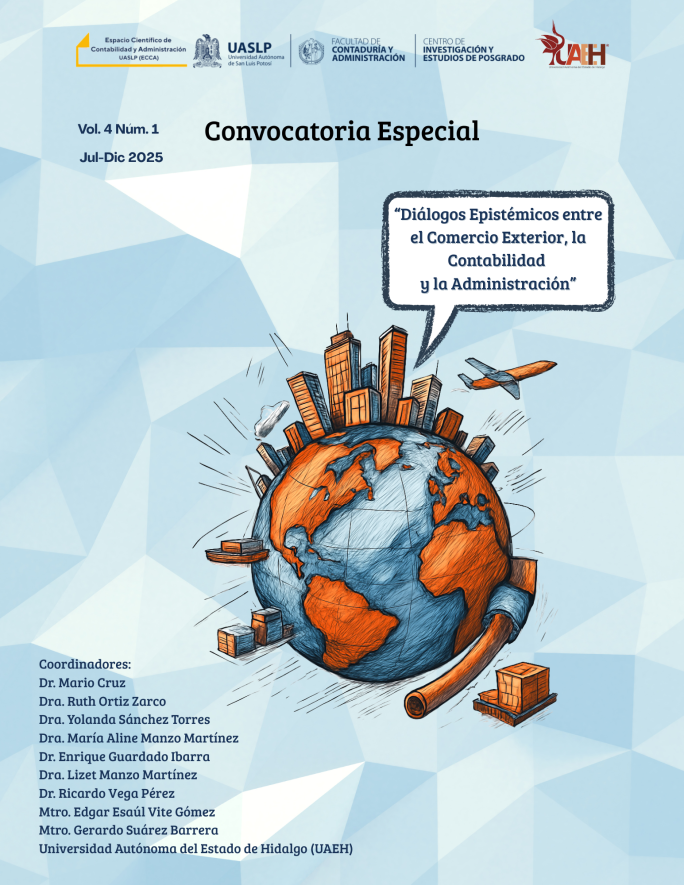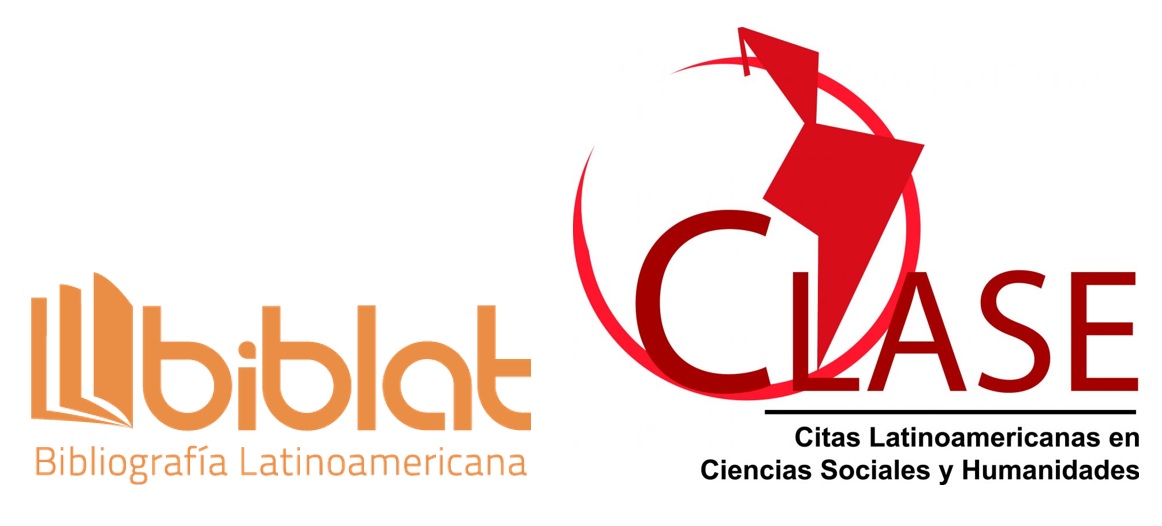Challenges and opportunities in the social and sustainable housing policy in San Luis Potosí
DOI:
https://doi.org/10.58493/ecca.2024.3.1.09Keywords:
Housing policy, social impact, sustainable development, San Luis Potosi, asset securityAbstract
The National Housing Policy (PNV) in Mexico has been a key instrument in improving access to adequate housing. This article examines the social and sustainable impact of the PNV in the city of San Luis Potosí, focusing on its implementation between 2012 and 2017. Using a mixed-methods approach, including surveys of 350 city residents, the study analyzes how the policy has influenced housing access, property regularization, and housing security.
The results indicate that while there have been significant advancements in housing development, barriers persist—particularly in rural areas, where many homes still lack adequate basic infrastructure. The study found that 34.3% of respondents face difficulties accessing housing loans, limiting their ability to improve living conditions. Additionally, 14.3% expressed dissatisfaction with the quality of the housing they obtained.
These findings highlight the need for continued improvements in PNV implementation, with a focus on territorial equity and basic service provision. The article concludes with policy recommendations to strengthen public housing initiatives, ensuring they more effectively contribute to social well-being and sustainable development through an integrated approach that addresses both urban and rural areas.
References
• Ametepey, S. O., Aigbavboa, C. O., & Ansah, M. K. (2015). Sustainable construction practices: “Green” vs. sustainable construction. Journal of Building Construction and Planning Research, 3(1), 16–25. https://doi.org/10.xxxx/sustainable_construction
• Ariza, M., & Mier y Terán, M. (2013). Vivienda y urbanización en México: Desafíos y oportunidades. México: El Colegio de México.
• Cattaneo, M. D., Galiani, S., Gertler, P. J., Martínez, S., & Titiunik, R. (2019). Housing, health, and happiness. American Economic Journal: Economic Policy, 1(1), 75–105. https://doi.org/10.1257/pol.1.1.75
• CONAVI. (2019). Programas de vivienda en zonas rurales: Una guía para la sustentabilidad. Ciudad de México: Comisión Nacional de Vivienda.
• Delgadillo, J., & Mendoza, R. (2019). Problemas ambientales y urbanos en el México contemporáneo. Revista de Estudios Urbanos, 8(2), 45-67.
• Gilbert, A. (2014). Housing the poor: Lessons from Latin America. London: Earthscan.
• Gobierno de México. (2016). Programa Nacional de Vivienda 2014-2018: Un diagnóstico sectorial. Ciudad de México: SEDATU.
• Green, G., & Haines, A. (2016). Asset building and community development (3rd ed.). Los Angeles: Sage.
• Hernández-Medina, E. (2020). Desigualdades territoriales y acceso a la vivienda en México: Un análisis desde la perspectiva de derechos humanos. Revista Mexicana de Sociología, 82(1), 45–67.
• INFONAVIT. (2020). Viviendas verdes: Innovación en sostenibilidad. Ciudad de México: Instituto del Fondo Nacional de la Vivienda para los Trabajadores.
• INEGI. (2012). Perfil sociodemográfico de San Luis Potosí: Censo de población y vivienda 2010. México: Instituto Nacional de Estadística y Geografía.
• INEGI. (2018). Encuesta nacional sobre acceso a la vivienda. México: Instituto Nacional de Estadística y Geografía.
• INEGI. (2020). Características de la población de San Luis Potosí. México: Instituto Nacional de Estadística y Geografía.
• ONU-Hábitat. (2015). Diagnóstico del acceso a la vivienda en áreas rurales de México. Nairobi: ONU-Hábitat.
• Ortiz, M., & Zárate, R. (2017). Vivienda rural en México: Retos y oportunidades. Revista Latinoamericana de Estudios Urbanos, 45(1), 19–36.
• Rolnik, R. (2019). Urban warfare: Housing under the empire of finance. London: Verso.
• SEDATU. (2017). Estrategias de reducción del rezago habitacional en México. Ciudad de México: Secretaría de Desarrollo Agrario, Territorial y Urbano.
• Transparency International. (2019). Corruption and housing: Mexico's hidden crisis. Berlin: Transparency International.
• UNEP. (2018). Sustainable housing practices: A guide to low-carbon construction. Nairobi: United Nations Environment Programme.
• Vásquez, L., & Reyes, C. (2019). Impacto de la informalidad en la tenencia de la tierra en México. Revista de Desarrollo Rural, 6(3), 75–92.
• Wang, F., Zhang, J., & Li, Y. (2016). Building sustainability: A comparative analysis of urban practices. Energy & Environment, 27(3), 368–390. https://doi.org/10.xxxx/building_sustainability
• Zuo, J., & Zhao, Z. Y. (2014). Green building research–current status and future agenda: A review. Renewable and Sustainable Energy Reviews, 30(1), 271–281. https://doi.org/10.xxxx/green_building

Downloads
Published
Issue
Section
License
Copyright (c) 2025 Raúl Bernardo Morales Ramos, Sonia Patricia Reyes Pineda

This work is licensed under a Creative Commons Attribution-NonCommercial-ShareAlike 4.0 International License.
Usted es libre de:
- Compartir — copiar y redistribuir el material en cualquier medio o formato
- Adaptar — remezclar, transformar y construir a partir del material
- La licenciante no puede revocar estas libertades en tanto usted siga los términos de la licencia
Bajo los siguientes términos:
- Atribución — Usted debe dar crédito de manera adecuada , brindar un enlace a la licencia, e indicar si se han realizado cambios . Puede hacerlo en cualquier forma razonable, pero no de forma tal que sugiera que usted o su uso tienen el apoyo de la licenciante.
- NoComercial — Usted no puede hacer uso del material con propósitos comerciales .
- CompartirIgual — Si remezcla, transforma o crea a partir del material, debe distribuir su contribución bajo la la misma licencia del original.
- No hay restricciones adicionales — No puede aplicar términos legales ni medidas tecnológicas que restrinjan legalmente a otras a hacer cualquier uso permitido por la licencia.












